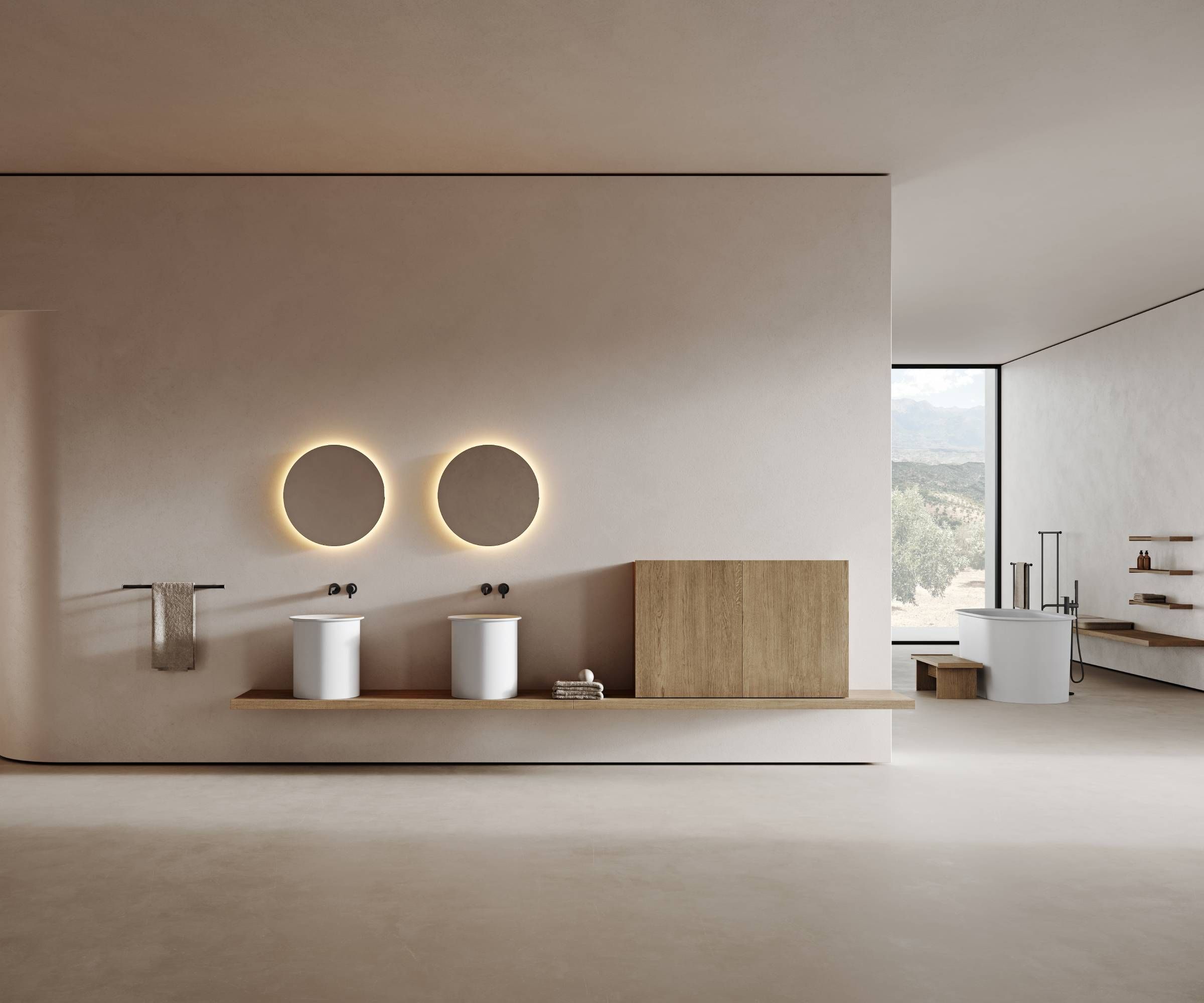
"To the untrained eye, polished concrete and microcement flooring appear similar. Both of these hard floor surfaces are easy to clean, should withstand significant wear, and can lend a contemporary, industrial-tinted aesthetic to living spaces. Look more closely you'll start to notice significant differences between the two types of flooring, from their ease of installation and versatility throughout the home to their aesthetics and longevity."
"Polished concrete floors are of ancient origin, although the material achieved new popularity in domestic contexts in the 20th century. Concrete is made from a mixture of cement, sand and water (sometimes with application-specific additives, such as chemical densifiers for polished concrete floors). These materials set hard when mixed and left to dry. The set surface is polished through a sequence of grinding, buffing and treatment processes which ultimately create a smooth and smart-looking floor."
"Microcement is a newer material, invented in the mid-20th century and rarely used in European homes until the 1980s. It's made up of cement, fine aggregates and polymers. To form a floor surface, it is built up in multiple thin coats over a subfloor such as screed. The final thickness of the microcement floor is as little as 2-3mm. "It has been around for a while, but iterations have changed over the years," says Simon Heslop, owner and MD of DirectStone Ltd.."
Polished concrete and microcement both provide easy-to-clean, wear-resistant hard-floor surfaces with a contemporary, industrial-tinted aesthetic. Polished concrete is composed of cement, sand and water, sometimes with additives like chemical densifiers, and receives a smooth finish through grinding, buffing and treatment processes. Microcement comprises cement, fine aggregates and polymers applied in multiple thin coats over a subfloor, producing final thicknesses as little as 2–3mm. Polished concrete has ancient origins and grew in domestic popularity in the 20th century, while microcement emerged mid-century and expanded in Europe from the 1980s. Some modern microcement iterations are fully waterproof, epoxy-based and sealed in wax, and clear differences exist in installation ease, versatility, aesthetics and longevity.
Read at Homebuilding
Unable to calculate read time
Collection
[
|
...
]